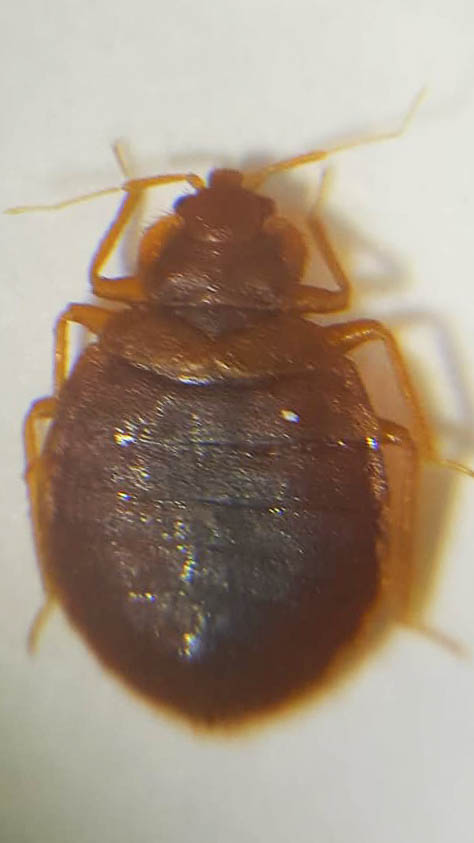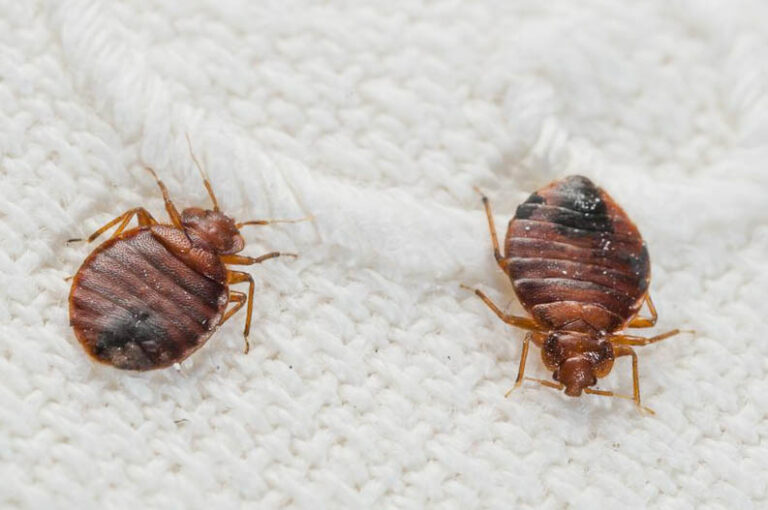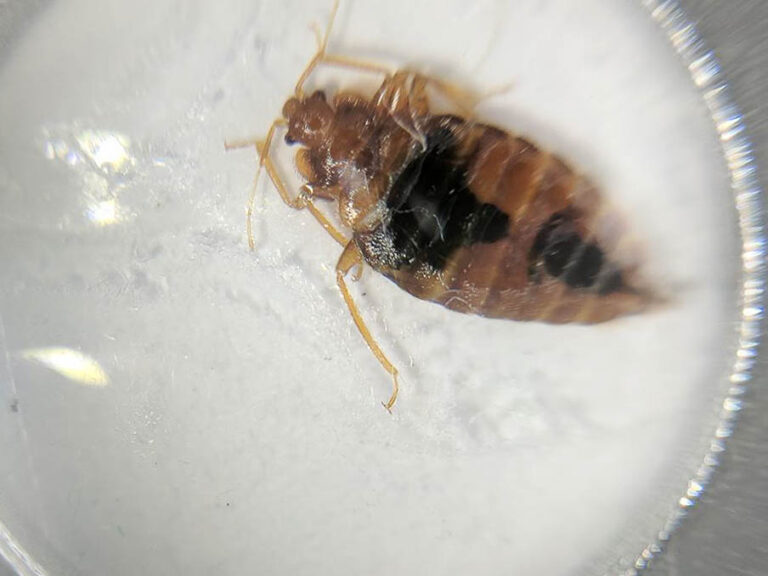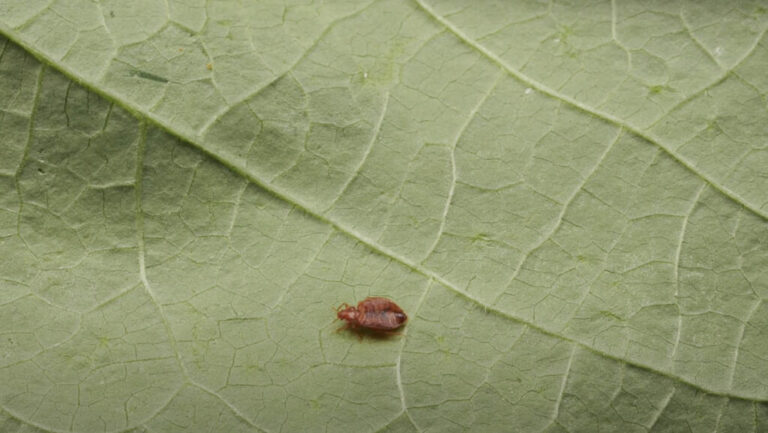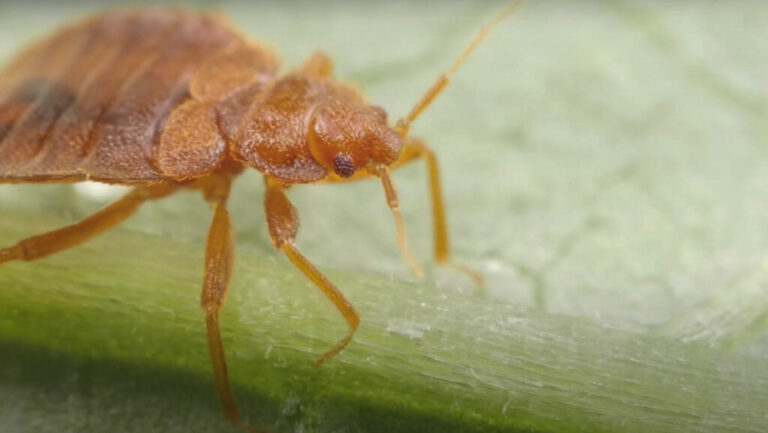Can Bed Bugs Fly?
Can Bed Bugs Fly?
Bed bugs are one of those pests that you should not take lightly. If you suffer from a bed bug infestation, it is only natural to want to know their mannerisms so that you can easily identify them. Having a few bed bugs in your living area can be annoying, and once they begin to reproduce, their threat level increases significantly. One thing most people want to know about bed bugs is if they can fly. They think that because bed bugs mostly show up out of nowhere, they can fly. The simple answer to this is no.
Bed bugs cannot fly. Bed bugs are flat, oval, reddish-brown wingless insects. Like most insects that sprout wings once they reach adulthood, adult male and female bed bugs do not grow wings. Their inability to fly may come as a relief to some people, but that does not stop them from wandering around your living area.
However, if you see a tiny flying creature that resembles a bed bug in terms of size, it is most likely a stink bug. Stink bugs look eerily similar to bed bugs except for the fact that they do not bite. They will, however, annoy you to death.
How Do Bed Bugs Move Around?
Bed bugs wander around like many other wingless bugs. They crawl. Bed bugs do not jump either, so if you come across a hopping bug, it is most likely a flea. Although they do not crawl very fast, they do cover enough ground with relative speed. Bed bugs also commute by attaching themselves to moving objects. They cling to clothes, luggage, and even furniture. Once they arrive at their new location, they immediately seek out hiding spots where they can hide during the daytime and reproduce.
Bed bugs are mostly active at night. The CO2 you emit while you are sound asleep draws them out of their hiding place. They begin their slow journey to the CO2 source, which is also their food source, typically, a warm-blooded animal. Bed bugs do not need to move that fast, given the unconscious state of their prey. They can take as much time as required since it takes them a maximum of 10 minutes to feed.
How are there so many when they move slowly then? The first part of the answer lies in their ability to reproduce. The second part is the increased amounts of traveling people do. The more people travel, the more they can disperse these minute creatures. Coupled with their ability to reproduce, their population continues to increase exponentially.
